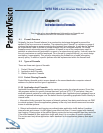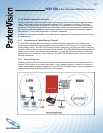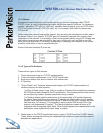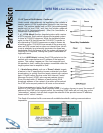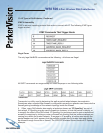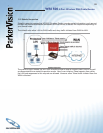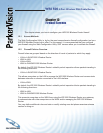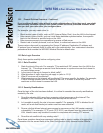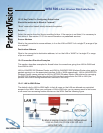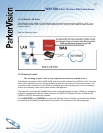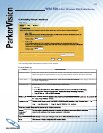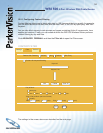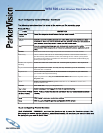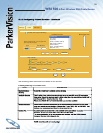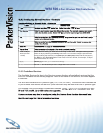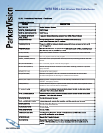
WR1500 4-Port Wireless DSL/Cable Router
®
91
12.3.3 Key Fields For Confi guring Rules Action
Should the action be to Block or Forward?
“Block” means the fi rewall silently discards the packet.
Service
Select the service from the Service scrolling list box. If the service is not listed, it is necessary to
fi rst defi ne it. See section 12.5.3 for more information on predefi ned services.
Source Address
What is the connection’s source address; is it on the LAN or WAN? Is it a single IP, a range of Ips
or a subnet?
Destination Address
What is the connection’s destination address; is it on the LAN or WAN? Is it a single IP, a range
of Ips or a subnet?
12.4 Connection Direction Examples
This section describes examples for fi rewall rules for connections going from LAN to WAN and
from WAN to LAN.
LAN to LAN/WR1500 Wireless Router and WAN to WAN/WR1500 Wireless Router rules apply to
packets coming in on the associated interface (LAN or WAN respectively). LAN to LAN/WR1500
Wireless Router means policies for LAN-to-WR1500 Wireless Router (the policies for managing
the WR1500 Wireless Router through the LAN interface) and policies for LAN-to-LAN (the
policies that control routing between two subnets on the LAN).
12.4.1 LAN to WAN Rules
The default rule for LAN to WAN traffi c is that all users on the LAN are allowed non-restricted
access to the WAN. When you confi gure a LAN to WAN rule, you in essence want to limit some
or all users from accessing certain services on the WAN. See the following fi gure.



